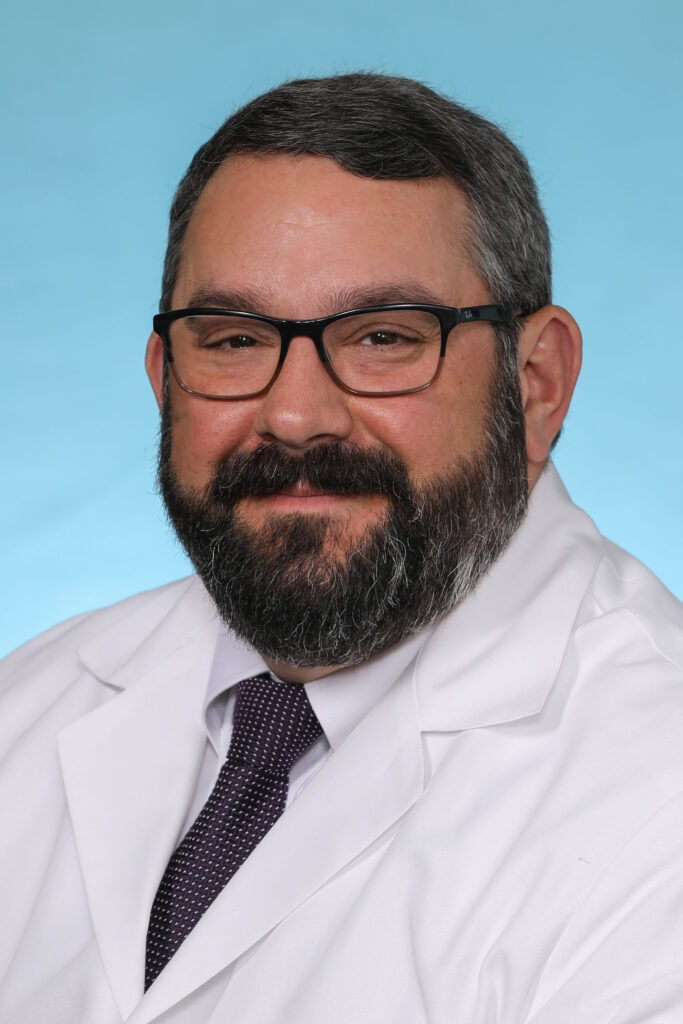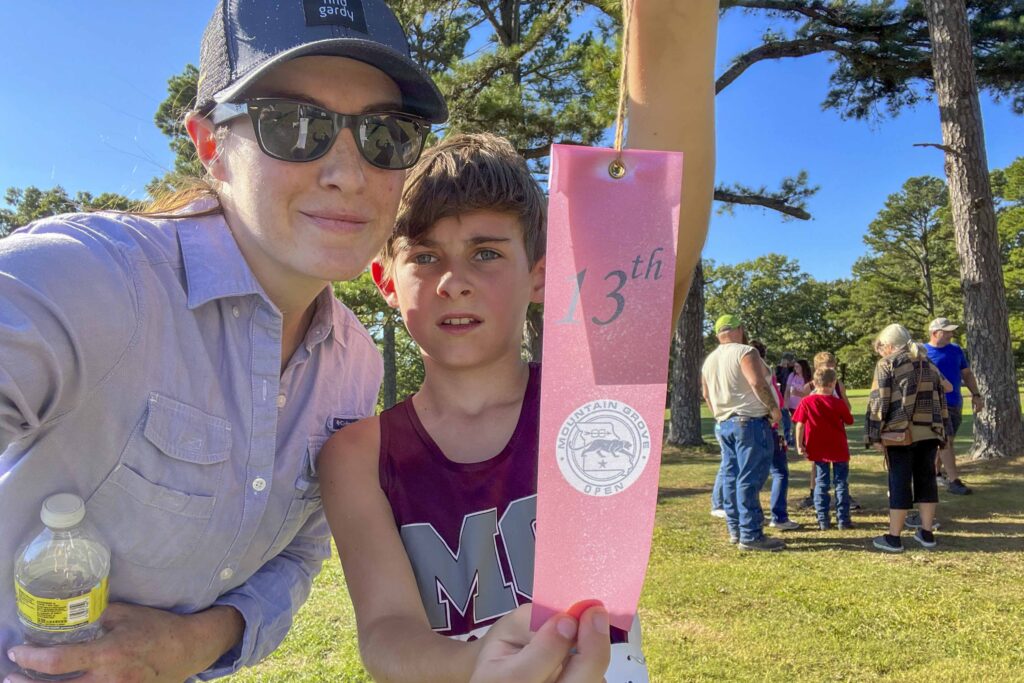A rare pediatric tumor brought together a multidisciplinary team of surgeons from Washington University School of Medicine that included specialists from Otolaryngology, Neurosurgery and Ophthalmology.
In March 2022, Wiley Shannon was a typical ten year old, very much ready to turn 11 in another month. His mother Katie Shannon described him as creative and musical, with a zest for science and reading. He was also a standout cross-country runner – in spite of a tumor rapidly growing just below the base of his skull in a region known as the nasopharynx.

Juvenile nasopharyngeal angiofibroma or JNA is an extremely rare and highly vascular tumor that almost exclusively presents in adolescent males, typically 10-20 years of age. Though benign, it can demonstrate aggressive growth into surrounding tissues, commonly extending into the nasal cavity and nasopharynx. More advanced cases can invade the sinuses, and severe disease can extend into the orbit (eye socket) and cranial space.
Common symptoms include nasal obstruction, painless unprovoked nosebleeds, headache, and runny nose. When the mass is large and invasive, visual disturbance, cranial nerve palsy, Eustachian tube dysfunction, and facial swelling may occur. On physical exam, a mass is generally visible within the nasal cavity.
Seeking answers for their son’s recurring nosebleeds, Katie, a certified athletic trainer, and Dan, an engineer, were repeatedly told it was just allergies. Since allergies were common among family members, that explanation seemed sufficient – for a short time.

By November, the nosebleeds had increased in intensity and they noticed some facial swelling in one cheek. Again, they were told – allergies – but their insistence led to an ultrasound and an offer to biopsy the mass.
Instead, the Shannons sought an MRI evaluation. Unwilling to wait any longer for answers, Dan downloaded the software to view the MRI scans himself and spent the entire weekend researching medical journals. His conclusion – it had to be JNA. A biopsy of the highly vascular tumor could have had dire consequences for their son, so they reached out to St. Louis Children’s’ Hospital where they were connected to pediatric otolaryngologists Judith Lieu, MD, MSPH, and Kate Dunsky, MD.
That team would quickly involve other specialists, including rhinologist John Schneider, MD, and pediatric neurosurgeon David Limbrick, MD, PhD. Dunsky and Schneider performed the surgery with the goal of removing the large tumor through an endoscopic transnasal procedure.
Because Wiley’s tumor had significant lateral spread as well as some orbital involvement, head and neck surgeon Jason Rich, MD, and occuloplastics specialist Robi Maamari, MD, stood by should additional surgical approaches be necessary for complete removal. In a pre-operative procedure, the blood vessels feeding the tumor were embolized (blocked) by vascular neurosurgeon Joshua Osbun, MD, to minimize bleeding during the surgical extraction.

“Wiley’s case is really special because it required a lot of collaboration between different services, and we had to plan for every possible circumstance we might encounter in the operating room,” said Dunsky. “I think because we were prepared, it really went as smoothly as possible. It felt like a huge victory to be able to remove the whole tumor endoscopically and to see how well he has done!”
Wiley’s parents agree the outcome was a tremendous success.
“I had been praying for my son to be in the hands of the right care,” said Katie. “Those prayers were answered and Wiley now has a renewed zest for life – he literally wants to try everything!”
